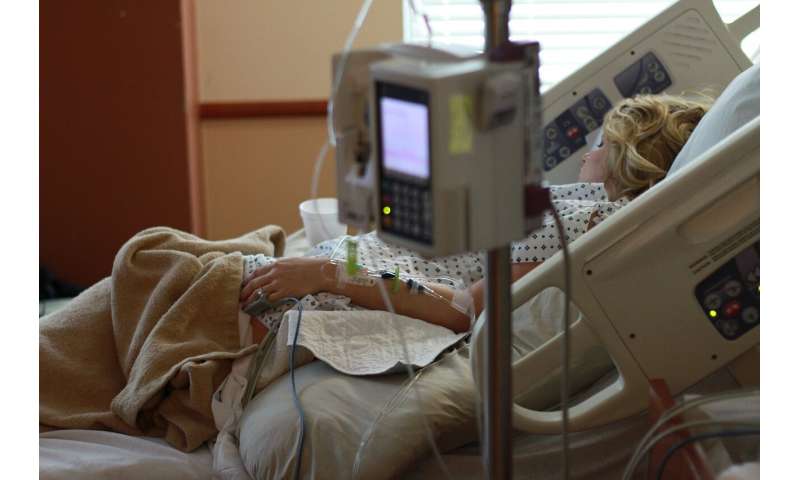
Euthanasia is legal in only three European countries while others allow terminally ill people to refuse life-maintaining treatment or to have help to die.
As lawmakers in Portugal begin debating draft laws that could decriminalise the practice, here is a round-up of euthanasia regulations elsewhere in Europe.
Fully legal
– The Netherlands has legalised active and direct euthanasia since April 2002. Requested administration of a drug in lethal doses is authorised if patients make the request while lucid.
They must also be experiencing unbearable suffering from a condition diagnosed as incurable by at least two doctors.
The Netherlands has also authorised euthanasia for children younger than 12 under strict conditions.
– Belgium lifted restrictions on euthanasia in September 2002 for patients facing constant, unbearable and untreatable physical or psychological suffering.
They must be aged 18 or over and request termination of life in a voluntary, deliberated and repeated manner free from coercion.
In February 2014, Belgium became the first country to authorise children to request euthanasia if they suffer a terminal disease and understand the consequences of the act.
– In Luxembourg, a text legalising euthanasia in certain terminal cases was approved in March 2009. It excludes minors.
Other ways of assisted death
– Euthanasia is illegal in Spain but the law allows a gravely sick person who is in control of their mental faculties to refuse treatment.
The Socialists in mid-February 2020 won a first step in their bid to decriminalise euthanasia by winning support from lawmakers to discuss a bill on the practice.
– Italy’s Constitutional Court ruled in September 2019 it was not always a crime to help someone in “intolerable suffering” commit suicide. Parliament is set to debate a change in the law banning the practice.
– Switzerland is one of the rare countries that allows assisted suicide with patients administering a lethal dose of medication themselves. It does not allow active, direct euthanasia by a third party but tolerates the provision of substances to relieve suffering, even if death is a possible side-effect.
The halting of medical procedures that maintain life, called passive euthanasia, is also tolerated.
– In France, a 2005 law legalises passive euthanasia as a “right to die”. A 2016 law allows doctors to couple this with “deep and continuous sedation” for terminally ill patients, while keeping euthanasia and assisted suicide illegal.
– Sweden authorised passive euthanasia in 2010.
– Britain has allowed medical personnel to halt life-preserving treatment in certain cases since 2002. Prosecution of those who have helped a close relative die, after clearly expressing the desire to end their lives, has receded since 2010.
– In Austria and Germany passive euthanasia is permitted if requested by the patient.
– Since 1992 Denmark has allowed people to file written refusal of excessive treatment in dire situations, with the document held in a centralised register.
– In Norway, passive euthanasia is permitted if requested by the patient or by a relative, if the patient is unconscious.
Source: Read Full Article
